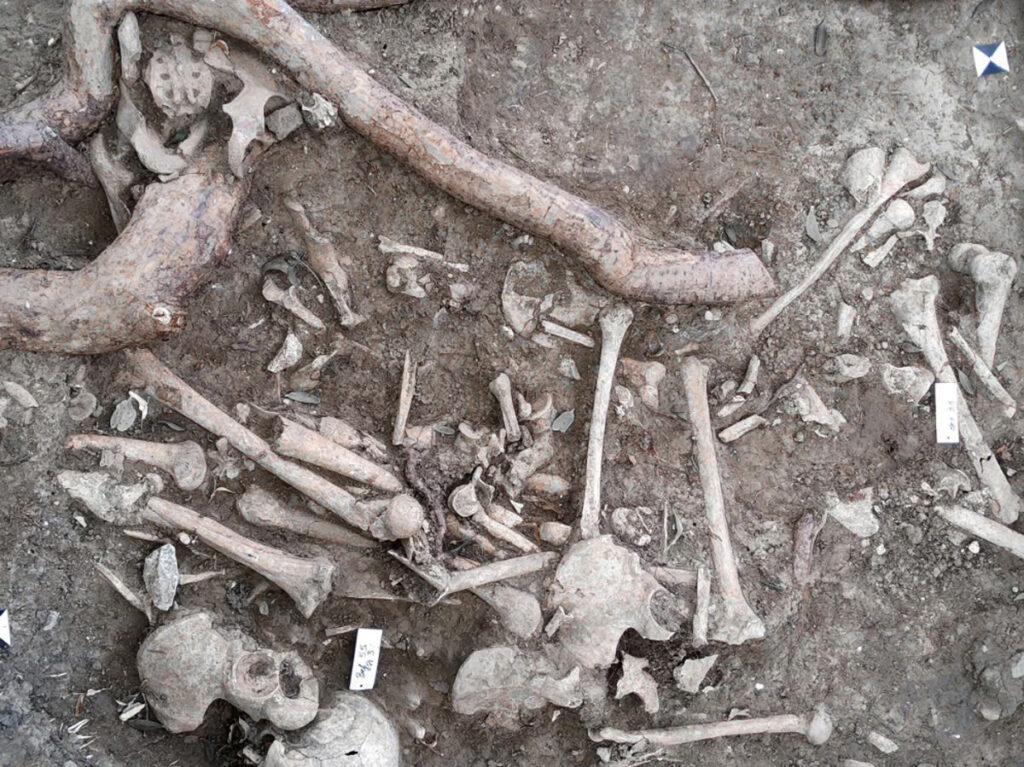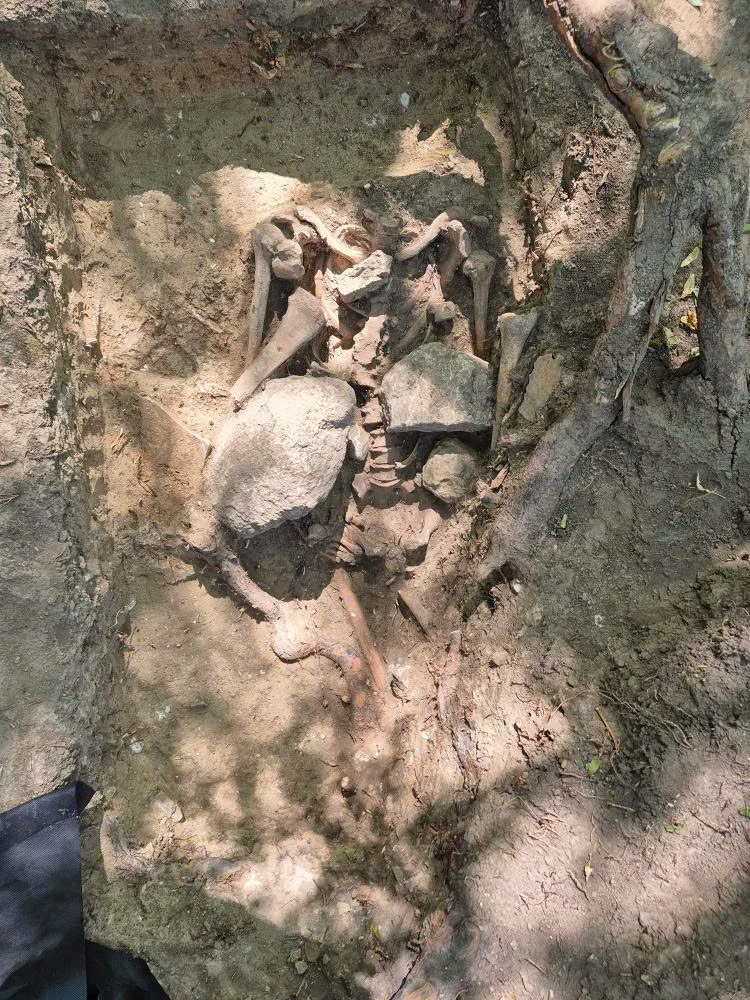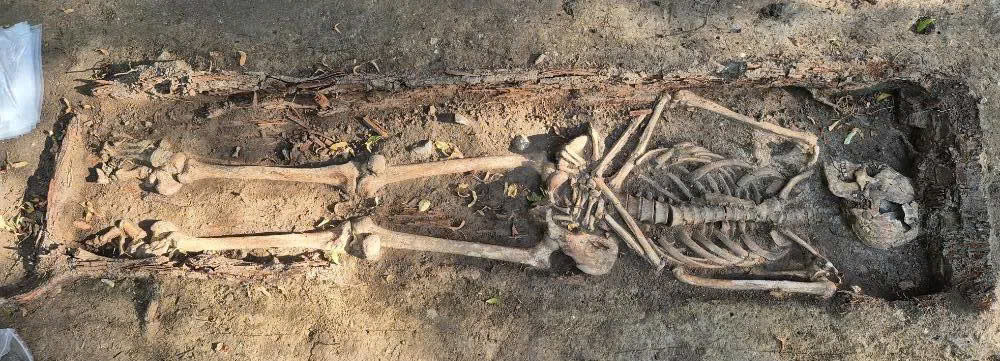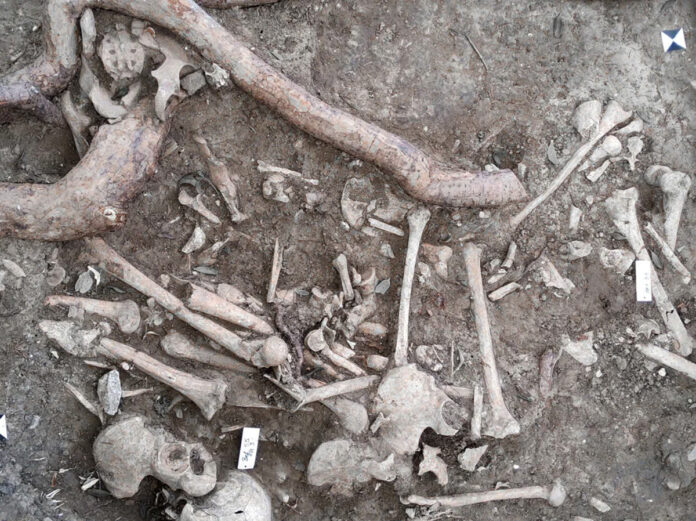Archaeologists Unearth Macabre Remnants of Medieval Justice

In the historic town of Quedlinburg, Germany, archaeologists are peeling back layers of a grim past on a hill aptly named Galgenberg, or “Gallows Hill.” Here, a team from the State Office for Monument Preservation and Archaeology of Saxony-Anhalt is meticulously excavating the site of a former gallows, uncovering a chilling tableau of medieval and early modern penal practices.
The Gallows: A Symbol of Public Execution
From 1662 to 1809, this windswept hill served as the stage for public executions, where wooden structures consisting of two vertical posts and a horizontal crossbeam stood as stark reminders of the law’s ultimate punishment. These gallows, once a common sight across Europe, were the final destination for those condemned by Quedlinburg’s courts.
Unearthing the Condemned

As the dig progresses, archaeologists have made several startling discoveries:
- Complete and partial burials scattered across the site
- Bone pits containing multiple bundled remains, likely victims of mass executions
- A wooden coffin housing skeletal remains accompanied by a rosary chain, possibly a suicide victim denied consecrated burial
The Revenant’s Grave: A Tale of Supernatural Fear
Perhaps the most intriguing find is a so-called “revenant grave.” Here, a man’s skeleton lies on its back, weighed down by large stones across his chest. This peculiar burial practice reflects a deep-seated fear of the undead rising from their graves – a belief that held sway over medieval minds.
A Window into the Past

These excavations offer more than just bones and artifacts; they provide a unique glimpse into the justice system and beliefs of a bygone era. From the gallows themselves to the treatment of criminals and suicide victims, each discovery adds a piece to the puzzle of medieval European society.
As the State Office for Monument Preservation and Archaeology of Saxony-Anhalt notes, “These discoveries provide unique insights into penal practices from the Middle Ages and early modern times.” Indeed, the Galgenberg site serves as a somber reminder of how far our concepts of justice and punishment have evolved over the centuries.

